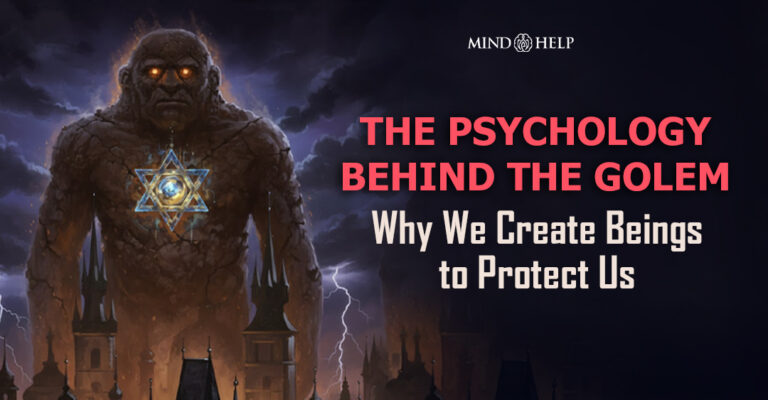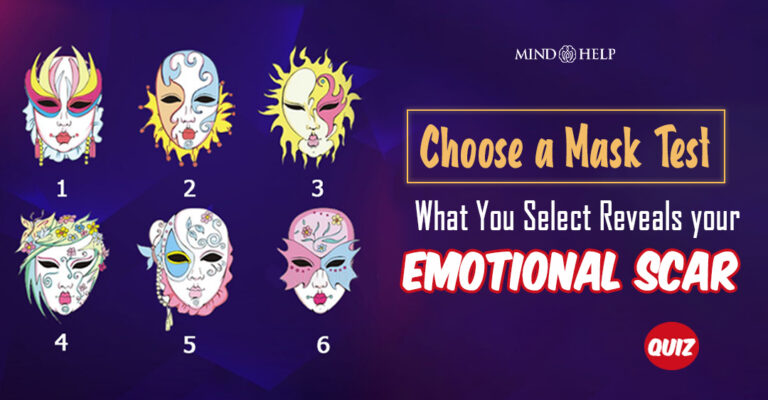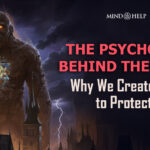Have you ever wondered why some people seem perfectly normal on the surface but give off a chilling vibe deep down? According to Carl Jung and the principles of Jungian Psychology, there are hidden patterns that can help us spot the subtle signs of a dangerous person long before their true nature is revealed.
While Carl Gustav Jung never created a step-by-step checklist for identifying toxic or destructive individuals, his insights into the shadow, ego, and archetypes highlight powerful clues that expose people who may not be safe to be around.
From denying their inner darkness to manipulating others with fake masks, the warning signs of a dangerous person are often hiding in plain sight. If you know what to look for, you can protect yourself from the wolves in sheep’s clothing that roam in everyday life.
Let’s explore the seven key warning signs someone is dangerous, inspired by Jung’s groundbreaking work.
7 Signs of a Dangerous Person According to Carl Jung
1. They Deny Their Shadow (Unintegrated Shadow)
According to Carl Jung, everyone carries a hidden “shadow”—the darker impulses, flaws, and repressed desires they’d rather ignore. A person becomes dangerous when they refuse to acknowledge this shadow. Instead, they project it onto others, blaming people around them for traits they secretly harbor.
For example, someone who constantly criticizes others for being selfish might actually be battling with their own concealed greed. Denying the shadow is one of the clearest signs of a dangerous person.
2. They Hide Behind Masks (Excessive Persona Dependence)
Jung described the “persona” as the social mask we wear to fit into society. But when someone becomes overly identified with this mask, they lose touch with authenticity. Such individuals manipulate, deceive, and pretend, while concealing darker motives underneath.
A fake persona is one of the subtle warning signs that someone is dangerous. Think of the person who looks “perfect” online, always smiling on social media, but secretly lives an unfulfilled life and may go to extremes to preserve the illusion—even if it harms others.
3. They Have an Inflated Ego
In Jungian Psychology, “ego inflation” occurs when someone over-identifies with power, intellect, or grand roles like the Hero or Savior. This often breeds arrogance, lack of empathy, and even authoritarian behavior.
In severe cases, inflated egos justify cruelty in the name of a “greater purpose.” For example, a leader who believes they alone hold the truth may harm others under the excuse of pursuing a higher vision.
4. They Demonize Others (Projection of Evil)
Carl Gustav Jung famously said, “The most dangerous psychological mistake is the projection of the shadow onto others.” Those unwilling to face their own darkness tend to demonize others, while perceiving themselves as righteous.
Their inflated ego convinces them that they are godlike and incapable of wrongdoing. Anyone who opposes them becomes an enemy—a villain who must be destroyed. This projection is one of the most alarming warning signs someone is dangerous.
5. They Avoid Self-Reflection
Another glaring indicator is their refusal to look inward. Avoiding self-reflection means they never examine their own flaws or destructive habits. Without this inner work, their repressed impulses inevitably leak out in harmful ways.
For instance, think of someone with a gambling addiction who refuses to acknowledge it, ultimately destroying themselves and their family in the process. This lack of self-awareness is one of the strongest signs of a dangerous person.
6. They Are Possessed by Archetypes
Jung identified archetypes like the Tyrant, the Trickster, or the Destroyer. When a person becomes “possessed” by such archetypes, they lose individuality and act compulsively, often with dangerous unpredictability.
For example, a woman who sees herself as an irresistible enchantress may lash out vindictively when rejected. This archetypal obsession reveals itself as one of the deep warning signs that someone is dangerous.
7. They Follow Collective Shadows
Jung also warned that not just individuals, but entire groups can fall prey to collective shadows. A person blindly following extremist groups, cults, or mobs may surrender their conscience to the crowd, committing cruelty without remorse.
Following collective shadows is among the scariest warning signs of a dangerous person, since their moral compass is replaced by herd mentality.
Takeaway
So, what are the real warning signs that someone is dangerous? It’s not the person who admits they have flaws, but the one who refuses to see them, hides behind masks, inflates their ego, projects their darkness onto others, and blindly follows destructive collective forces.
Recognizing these signs of a dangerous person can help you avoid the wolves in sheep’s clothing lurking in your social circles—or even among public figures. Have you ever spotted these patterns in someone you know?








